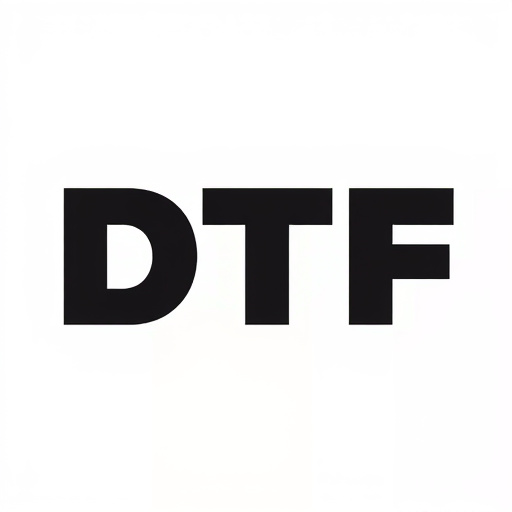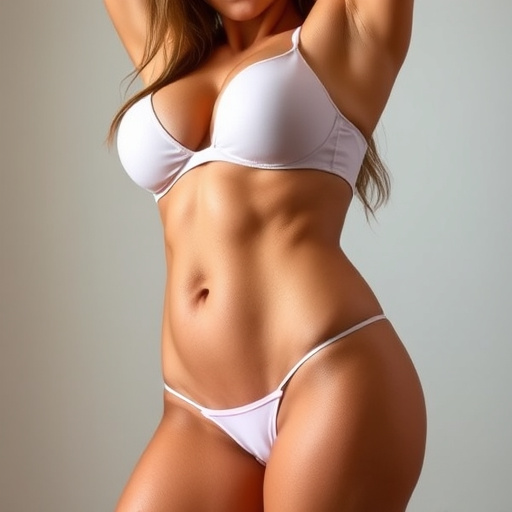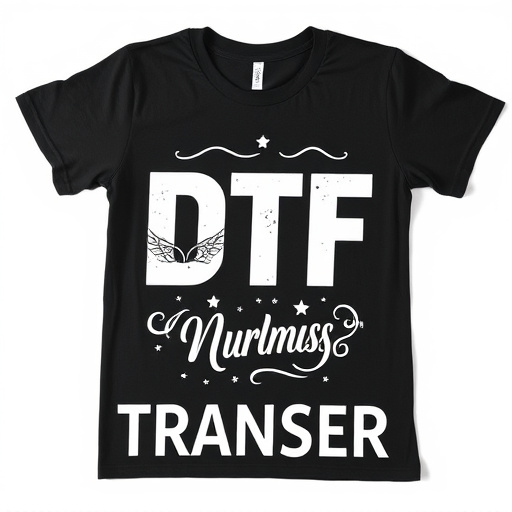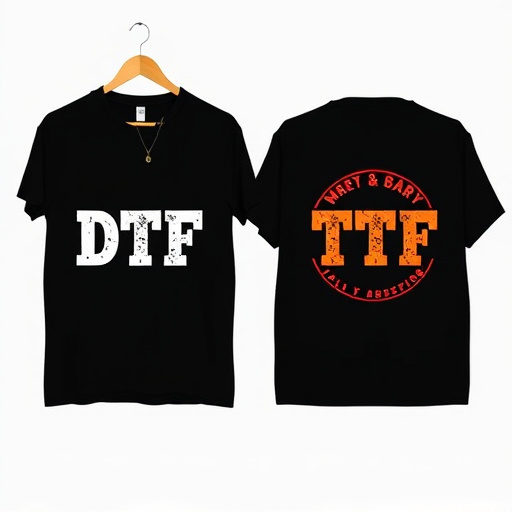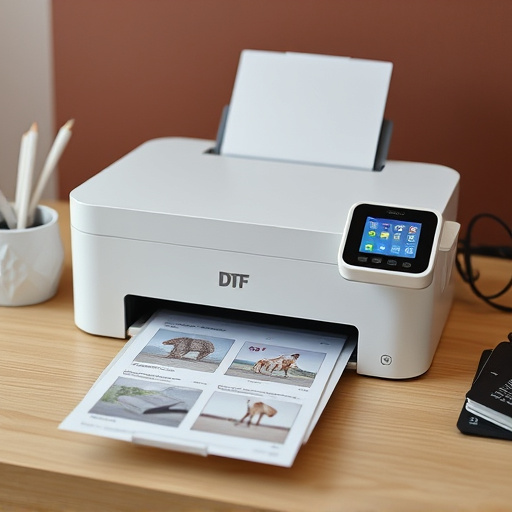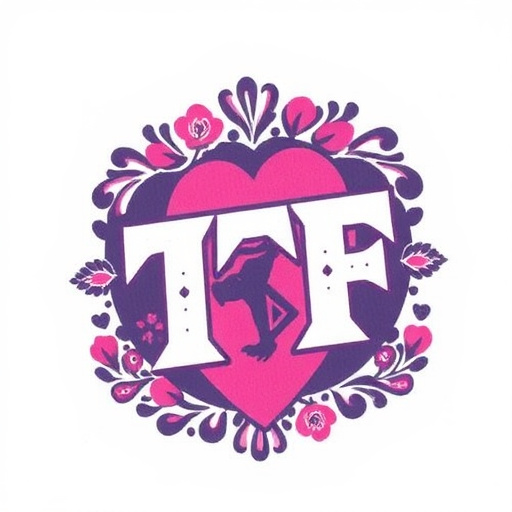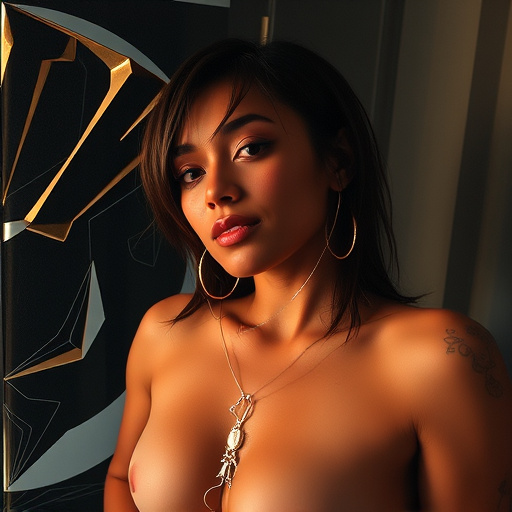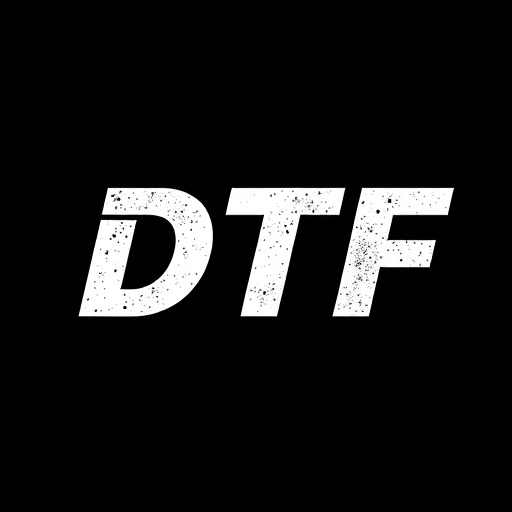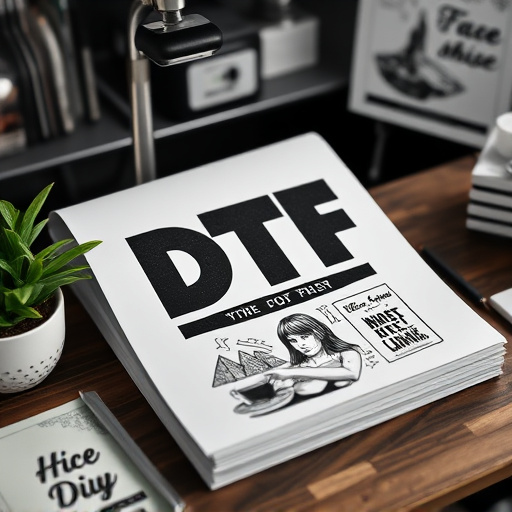Direct-to-film (DTF) printing technology is transforming design customization with personalized, multi-design transfer sheets, offering precise ink transfer onto diverse materials for intricate patterns and detailed images. This efficient approach eliminates traditional setup steps, appealing to industries seeking unique creations in fashion, graphic arts, home decor, and crafts. By balancing functionality and aesthetics, creators can merge multiple designs into cohesive, one-of-a-kind pieces using DTF software's layout tools and precise application techniques. DTF printing enables complex patterns, detailed textures, and 3D effects across sectors like fashion, textiles, packaging, and interior design, captivating audiences in a competitive market.
Discover the power of DTF (Direct to Fabric) printing with personalized arrangement of multiple designs on one transfer sheet. This comprehensive guide explores the benefits, design considerations, technical aspects, cutting practices, and creative applications of multi-layout transfers. Learn how DTF technology enhances customization, allowing for unique, efficient, and precise fabric decoration. From understanding the fundamentals to leveraging industry use cases, this article equips you with insights for successful personalized transfer sheet creation.
- Understanding DTF Printing: A Primer
- Benefits of Personalized Transfer Sheets
- Design Considerations for Multi-Layouts
- Technical Aspects: Arranging Designs Efficiently
- Best Practices for Precise Cutting and Application
- Creative Applications and Industry Use Cases
Understanding DTF Printing: A Primer
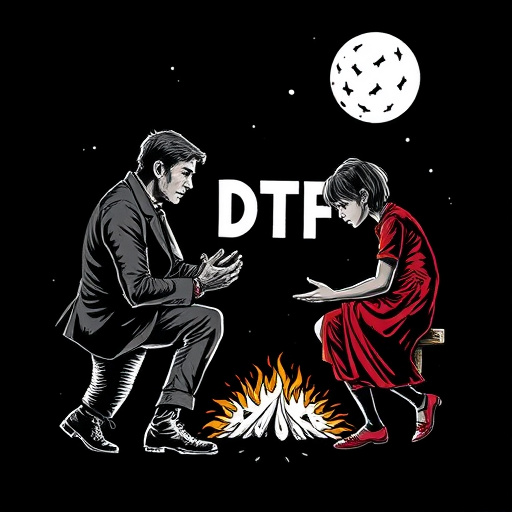
Direct-to-film (DTF) printing is a cutting-edge technique that allows for the personalized arrangement of multiple designs on a single transfer sheet, offering endless creative possibilities. This method involves precisely transferring ink directly onto various materials, such as fabric or paper, through a detailed digital process. By utilizing DTF technology, designers and artisans can achieve intricate patterns, detailed illustrations, and even full-color images with remarkable clarity and precision.
DTF printing empowers users to customize their creations on a per-print basis, ensuring that each piece is unique. This technology streamlines the production process by eliminating the need for complex set-up steps traditionally associated with traditional printing methods. As a result, DTF offers a fast, efficient, and cost-effective solution for creating personalized designs, making it a game-changer in industries ranging from fashion to graphic arts.
Benefits of Personalized Transfer Sheets
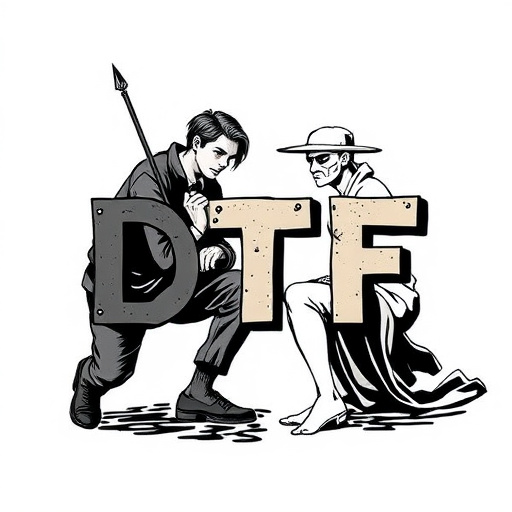
Personalized transfer sheets offer a myriad of benefits for both businesses and individuals looking to create unique designs. One of the key advantages is the ability to arrange multiple designs on a single sheet, known as DTF (Direct to Fabric) printing. This innovation allows for efficient production of diverse patterns without the need for separate plates or screens, streamlining the design process significantly.
Moreover, customizable transfer sheets enhance creativity and flexibility. Users can experiment with different layouts, combine various designs, and even incorporate personalized elements, ensuring each piece is truly one-of-a-kind. This feature is particularly valuable in industries like fashion, home decor, and arts and crafts, where individuality and customization are highly sought after.
Design Considerations for Multi-Layouts
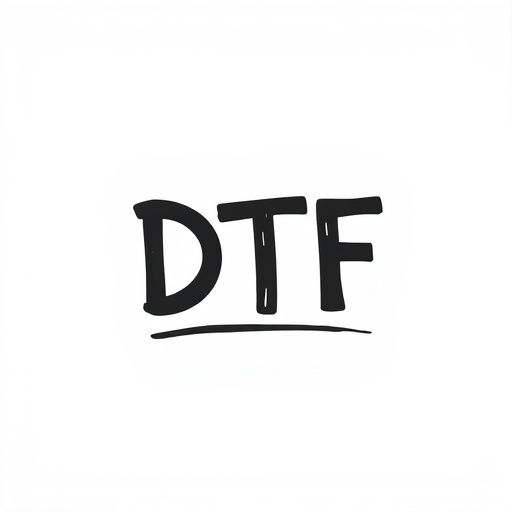
When creating personalized arrangements with multiple designs on a single transfer sheet, several design considerations come into play to ensure optimal results. The first step is to assess the layout’s functionality and aesthetic appeal. Each design element should complement one another, considering factors like color schemes, pattern repetitions, and overall visual harmony. Given that DTF (Direct to Fabric) printing allows for diverse layouts, designers can experiment with various compositions, creating unique and eye-catching arrangements.
Additionally, it’s crucial to think about the final product’s purpose and target audience. For instance, a complex layout might be suitable for decorative items or limited-edition releases but could overwhelm users on functional products. Simplifying designs and ensuring readability and usability are essential, especially when combining multiple art directions onto one sheet. This balance between creativity and practicality guarantees that the end result meets both design aspirations and practical requirements.
Technical Aspects: Arranging Designs Efficiently
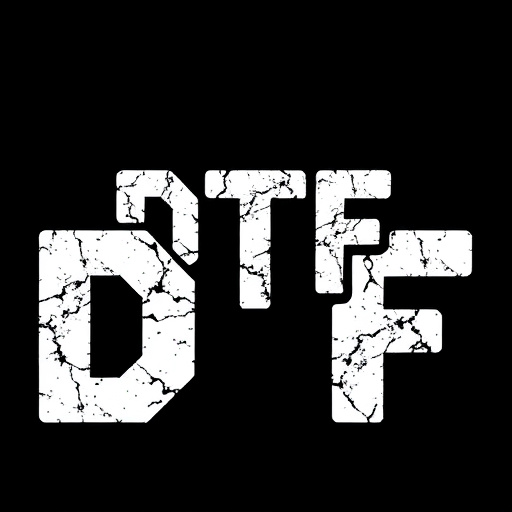
The personalized arrangement of multiple designs on a single transfer sheet, often facilitated by Direct To Fabric (DTF) printing technologies, presents both creative opportunities and technical challenges. Efficiently organizing diverse motifs requires careful consideration of file format, resolution, and color mode compatibility. Designers must ensure each element aligns precisely, avoiding any overlap or misregistration that could mar the final product.
Advancements in DTF software allow for sophisticated layout tools, enabling users to position, resize, and even mirror designs with exacting control. These features streamline the process, especially when working with complex compositions or repeating patterns. By leveraging these technical aspects effectively, creators can produce multi-design transfer sheets that offer endless possibilities for unique fabric creations.
Best Practices for Precise Cutting and Application
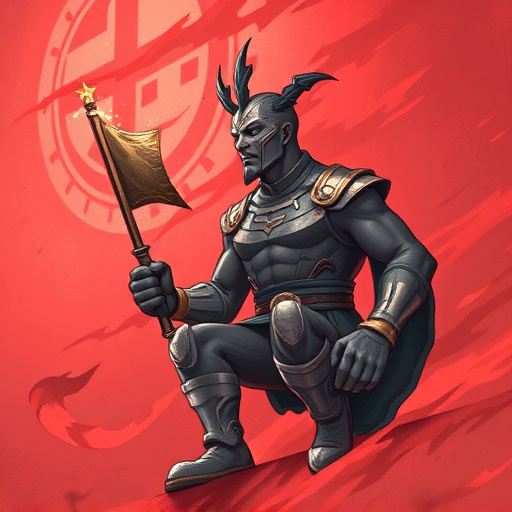
When personalizing designs on a single transfer sheet, precise cutting and application are paramount for achieving clean lines and seamless integration. Start by meticulously tracing each design element onto the sheet using a sharp pencil or specialized software tools. This step ensures accuracy from the outset. Next, carefully cut out each design with a high-quality craft knife or laser cutter, taking care to follow the traced lines precisely.
For application, consider using a DTF (Direct To Fabric) method for easy and accurate placement. Position each design on the fabric, aligning it perfectly with the desired location. A light press with a hot iron can securely fuse the transfer sheet onto the fabric, allowing you to remove the backing later. This technique enables intricate details and complex arrangements, offering endless creative possibilities while maintaining crisp, professional results.
Creative Applications and Industry Use Cases
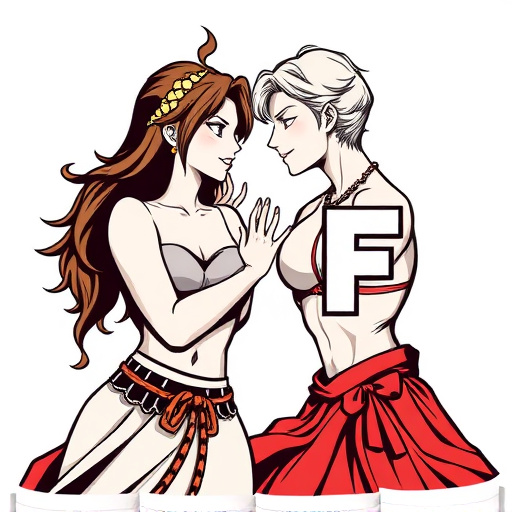
The personalized arrangement of multiple designs on one transfer sheet opens up a world of creative applications, revolutionizing the way we approach graphic design and production. Designers can now experiment with unique layouts, combining various visual elements to create eye-catching compositions that were once unimaginable. This technique, often facilitated by Direct to Form (DTF) printing methods, allows for intricate patterns, detailed textures, and even 3D effects to be seamlessly integrated onto a single sheet.
In the industry, this innovative approach has found its place in numerous sectors. From fashion and textiles to packaging and interior design, professionals are leveraging DTF technology to create distinctive products. For instance, clothing brands can print intricate patterns directly onto fabric, offering limited-edition pieces with a unique, personalized touch. Similarly, manufacturers can produce eye-catching, custom-designed packaging that enhances product presentation and drives consumer engagement. This versatility makes DTF printing a game-changer, enabling businesses to stay ahead of the curve and captivate their target audiences in a highly competitive market.


